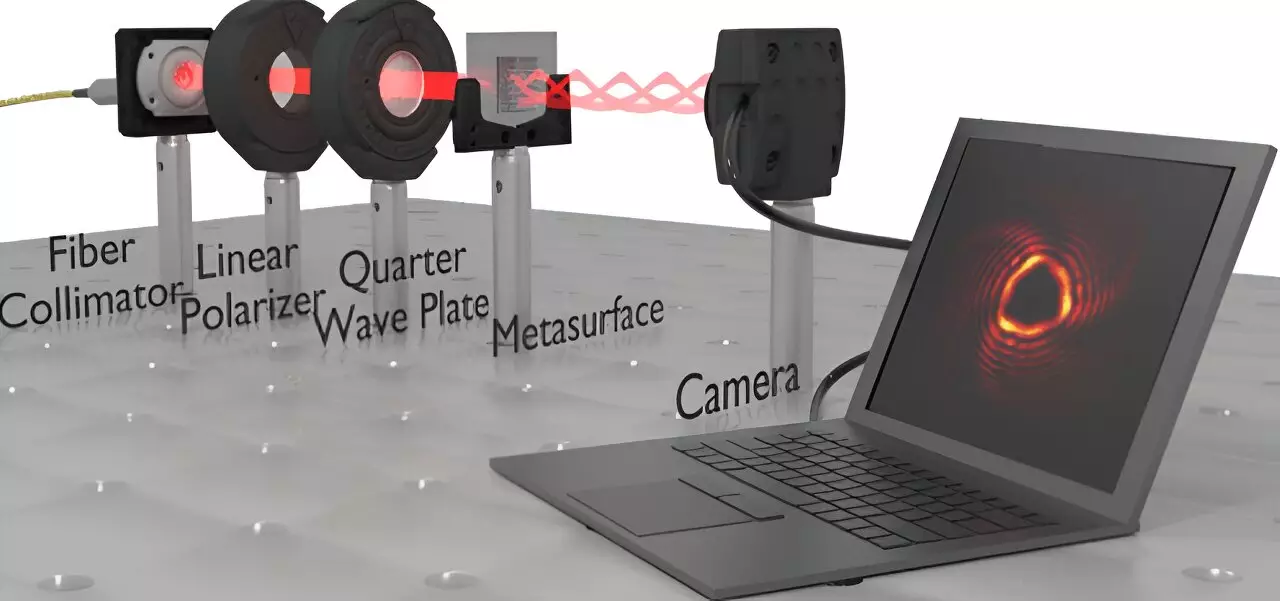In a groundbreaking development from the TMOS researchers at the Australian Research Council’s Center of Excellence for Transformative Meta-Optical Systems, the future of particle manipulation has taken a significant leap forward. The team, associated with the University of Melbourne, has unveiled a novel approach to generating solenoid beams through a silicon metasurface. This pivotal advance not only aligns closely with the imaginative world of science fiction but also opens avenues for practical applications that could redefine medical and technological practices.
From Science Fiction to Reality
The notion of tractor beams—an idea popularized by various science fiction narratives—has long captivated the human imagination. Until recently, the technical realization of such a phenomenon seemed far-fetched. However, through meticulous research and innovation, the University of Melbourne team has demonstrated that it is indeed possible to create beams of light capable of pulling particles toward their source. Unlike previous attempts, which relied on cumbersome special light modulators (SLMs) that were both heavy and complex, the new technology employs a sleek, nanopatterned silicon surface that is a mere 1/2000th of a millimeter thick.
This transformation in design philosophy not only enhances the mobility of the device but also facilitates potential applications in fields like medicine, especially in non-invasive biopsy procedures. The ability to utilize light to extract biological samples without causing harm to surrounding tissues is an extraordinary leap towards modernizing healthcare.
A New Era of Efficiency
The researchers’ solenoid beam brings multiple advantages to the table. One of its most notable traits is its flexibility concerning the input beam parameters. In contrast to its predecessors, whose limitations often hindered operational versatility, this innovative solenoid beam operates with significantly less energy and complexity. The downsizing of the technology allows for more accessible and smaller devices, which could ultimately lead to handheld applications.
Characterization of the beam has unveiled that approximately 76% of the input Gaussian beam is converted into a solenoid, showcasing remarkable efficiency. This high conversion rate positions it as a competitive contender in the optical manipulation landscape, challenging traditional methods that dominate today’s markets.
The Vision Ahead
Lead researcher Maryam Setareh’s vision for the future encapsulates the essence of innovation in action. This compact and efficient technology could pave the way for groundbreaking applications across various sectors, manifesting the tangible benefits once thought only possible in fictional works. Beyond mere scientific curiosity, the metasurface technology may soon influence fields from telecommunications to biomedical engineering, potentially transforming how we perceive and interact with light itself.
By embracing the possibilities ushered in by this pioneering research, society stands on the precipice of a new epoch where light manipulation takes center stage, expanding the frontiers of human capability and creativity. As researchers continue to explore these innovative pathways, the intersection of science and imagination promises an exciting horizon ahead.

